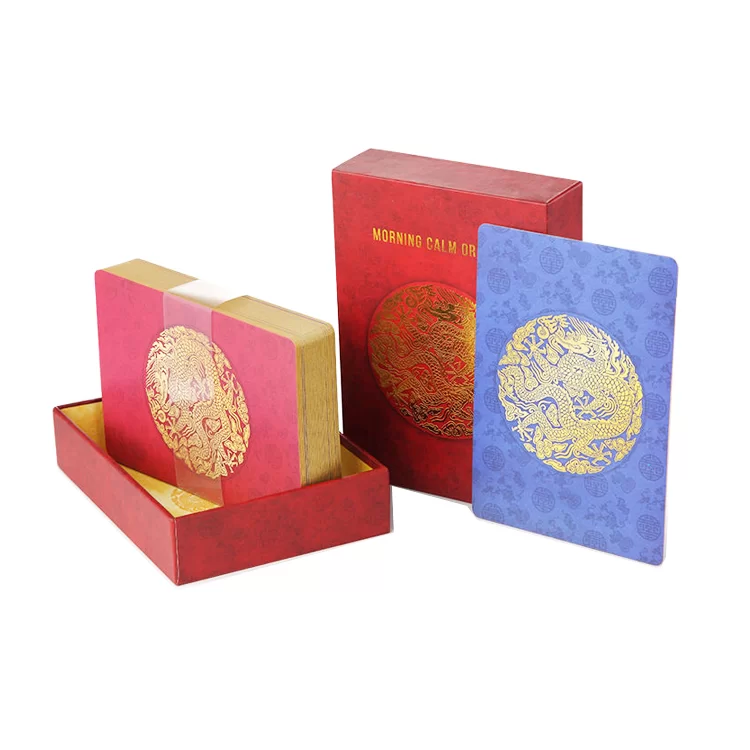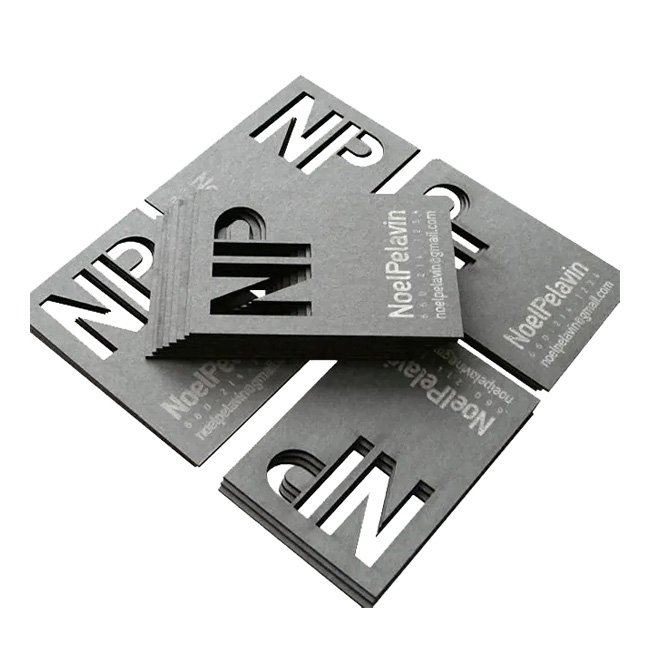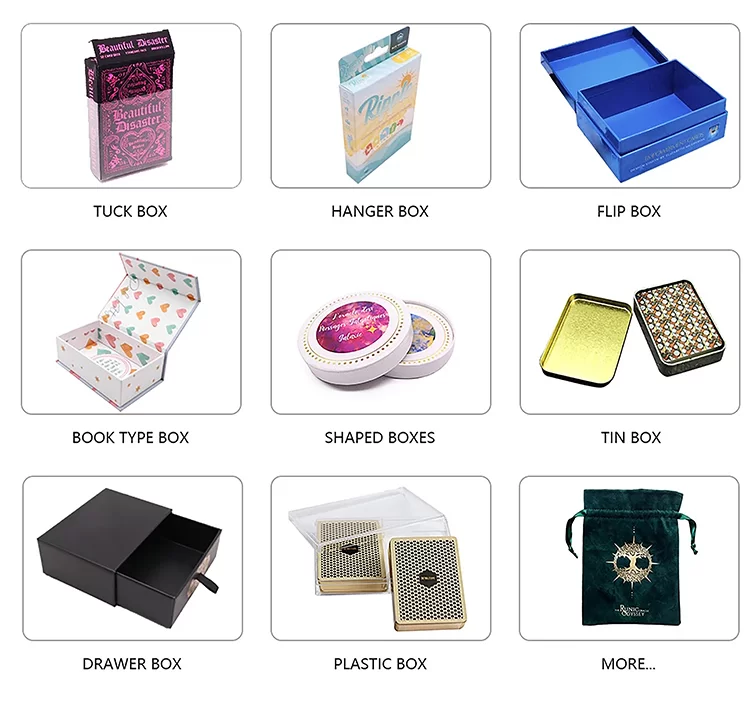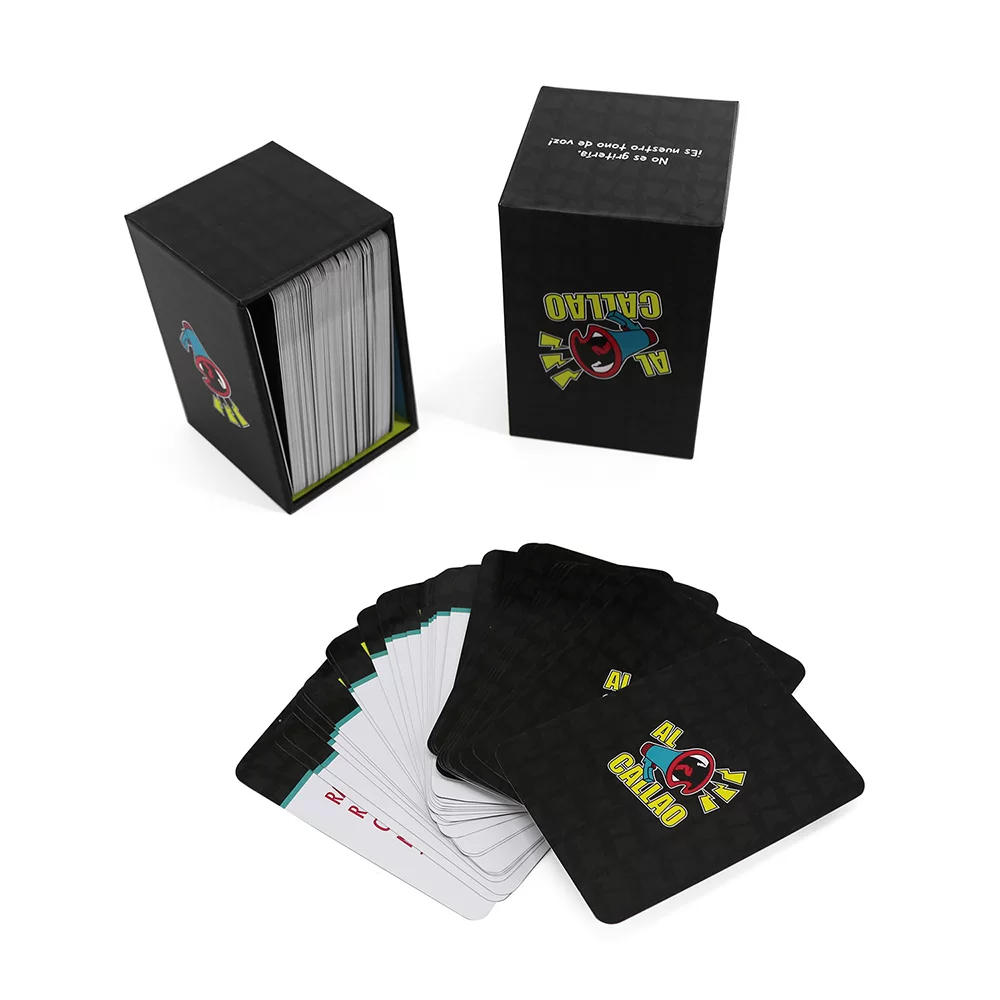Contact Us
(888) 595-0219
Liberty Plaza 165 Broadway Lower Manhattan, 7th Floor, NY, 10006, USA
Trading Card Printing
 High Quality Custom Trading Card Printing
High Quality Custom Trading Card Printing
Custom trading card printing, it's not just about the images on the front or the text on the back. It's about the tactile sensation when shuffling a deck, the visual appeal when a rare card is drawn, and the durability to withstand countless games. Prime Printings offers a plethora of options to ensure that your custom trading cards not only look exceptional but also stand the test of time.
- ☑ Competitive price
- ☑ A wide range of customized options
- ☑ Professional quality printing
- ☑ Truly customer-centric customer service
- ☑ Fast delivery
- ☑ Worldwide shipping
Trading cards are more than just a hobby; they are a passion that unites collectors, gamers, and enthusiasts around the world. Whether you’re a seasoned collector of vintage baseball cards, an avid player of trading card games like Magic: The Gathering, or a creator looking to launch your own card series, the allure of custom trading cards is irresistible.
Custom trading cards are a unique medium that blend art, storytelling, and gameplay into a tangible form. The process of creating these cards involves several critical decisions that can significantly impact their look, feel, and functionality. Whether you're a game designer, artist, or marketer, understanding the intricacies of custom trading card printing is essential to achieving the desired outcome for your project.
Material Options
Choosing the right paper for your custom trading card is the foundation of the entire printing process. The paper type determines the card's texture, weight, and overall quality. It's crucial to select a paper that complements the design and purpose of your cards. For trading card printing, we often recommend C2S paper, C1S paper and black core paper to achieve high quality printing result.
 |
 |
 |
| C2S paper | C1S paper | More |
Glossy/matt art paper
Glossy and matt art papers are among the most popular choices for custom trading card printing. Glossy art paper is known for its shiny finish, which enhances the vibrancy of colors and gives the card a premium feel. This type of paper is perfect for cards that feature detailed artwork and rich color schemes, as the glossy finish brings out the depth and contrast in the images.
But, matt art paper provides a more subtle and elegant appearance. The non-reflective surface is ideal for cards with a vintage or classic design, as it minimizes glare and allows for easier readability. Matt art paper also offers a smoother writing surface, which is advantageous for cards that may require hand-written customization or autographs.
We recommend 300gsm glossy or matte art paper and 350gsm glossy art paper for printing trading cards. These high quality, thicker glossy and matte paper , provide smooth touch and enough thick to withstand frequently use. They also provide rich and vibrant printed effect for your card.
C1S paper
C1S paper, or coated one side paper, is another excellent option for custom trading card game. This paper type has a coating on one side and a non-coated side on the other. The coated side offers a sleek finish that can be either glossy or matt, the uncoated side usually unprint.
C1S paper is a popular choice for custom children's trading card, as heavy cover paper offers smooth surface and one-side is coated not easy to damage. Usually, we recommend two sheets of 250gsm C1S paper mounted together, or two sheets of 300gsm C1S paper mounted together, or two sheets of 350gsm C1S paper mounted together.
Black core paper
For those seeking the pinnacle of card quality, black core paper is the go-to choice. This premium paper features a black inner layer sandwiched between two white layers, which prevents light from passing through the card. This opacity is especially important for trading card games, where card secrecy is paramount.
Black core paper also provides exceptional stiffness and snap, ensuring that cards shuffle smoothly and maintain their integrity over time. The tactile experience of handling black core cards is unparalleled, making them a favorite among professional card players and collectors alike. We often use high quality 310gsm black core paper to produce your trading card game.
Trading Card Size
The dimensions of your custom trading cards are a vital aspect to consider. Standard trading card size is typically 2.5 x 3.5 inches, which is the same as common sports cards and most trading card games. This size is widely recognized and fits standard card sleeves and binders, making it a convenient choice for collectors and players.

But, custom trading card printing allows for flexibility in size. Prime Printings can accommodate different dimensions to suit the specific needs of your project. Larger cards can showcase more elaborate artwork and more text. Smaller cards might be ideal for portable games or compact collections. The key is to balance the card size with the intended use and the aesthetic you wish to achieve.
Special Finishes
Special finishes can elevate your custom trading cards from ordinary to extraordinary. These embellishments not only enhance the visual appeal but also add a tactile element that can differentiate your cards in a crowded market. Prime Printings offers various special finishes, from print foil trading card to holographic trading card, all can cover.
 |
 |
 |
 |
| Glossy/Matte lamination | Foil stamping | Glitter edge | Laser foil stamping |
 |
 |
 |
 |
| Emboss | Deboss | Spot UV | Die cut |
Lamination
Lamination involves applying a thin plastic film over the surface of the card, providing additional protection and a polished look. There are two primary types of lamination: glossy and matt. Glossy lamination adds a reflective shine that intensifies colors and creates a dynamic effect. Matt lamination, conversely, gives a more subdued and sophisticated finish that is soft to the touch.
Lamination also increases the durability of the cards, making them more resistant to wear and tear, moisture, and dirt. This is particularly beneficial for cards that will be handled frequently or used in gameplay.
Foil stamping
Foil stamping is a process where metallic foil is applied to certain areas of the card to create a striking, shiny effect. This finish can be used to highlight specific details, such as logos, card names, or intricate design elements. Foil stamping is available in various colors, including gold, silver, and holographic options.
The reflective quality of foil stamping adds a luxurious feel to the cards and can make certain elements pop. It's a popular choice for rare or special edition cards, as it signifies exclusivity and value.
Spot UV
Spot UV is a technique where UV-cured coating is applied to specific areas of the card, creating a glossy contrast against the matt background. This finish can enhance the visual impact of the card by adding depth and texture. Spot UV can be used to accentuate artwork, text, or any other design feature you wish to emphasize.
The selective application of Spot UV allows for creative freedom in design, as you can choose exactly which elements to highlight. This finish also adds a layer of protection to the treated areas, safeguarding the card’s most important details.
Emboss/deboss
Embossing and debossing are processes that create raised or recessed relief images and designs on the card surface. Embossing raises the design above the level of the rest of the card, while debossing presses it below. These finishes add a tactile dimension to the cards, making them more engaging to touch.
Embossed or debossed elements can be used for decorative purposes or to emphasize critical information, such as card titles or numbers. They also contribute to the overall aesthetic by providing a sense of depth and sophistication.
Round corner
Round cornering is a finishing option that involves rounding the corners of the trading cards. This not only gives the cards a softer, more refined look but also helps prevent corner wear and bending. Round corners can also make the cards more comfortable to hold and shuffle, enhancing the user experience.
This finish is particularly useful for cards that will see a lot of use, as it can significantly extend the lifespan of the card by reducing the risk of corner damage.
Die Cut
Die cutting is a process where a custom-shaped die is used to cut the cards into unique shapes that deviate from the standard rectangle. This allows for limitless creativity in card design, as you can tailor the shape of the card to match the theme or branding of your project.
Die-cut cards stand out because of their unconventional appearance, which can be a significant draw for collectors and players. Whether you opt for rounded edges, or intricate borders, die cutting can make your cards truly one-of-a-kind.
Shape and Package Style
The shape of your trading cards plays a significant role in their identity and how they're perceived. While the standard rectangle is timeless, exploring different shapes can add an element of novelty and set your cards apart from the crowd. At Prime Printings, custom shapes are embraced, our professional team can guide you through the possibilities, ensuring the shape complements your design and purpose.

Packaging is the first thing a person sees before they even get to the cards, and it's an aspect that should not be overlooked. Custom trading card packaging can range from simple clear plastic cases to elaborate boxes with custom printing and finishes that match the cards inside. The packaging not only protects the cards but also serves as a branding tool and an integral part of the overall experience.

When designing your package, consider functionality and aesthetics. The style should be practical for storage and display, while also capturing the essence of your brand or the theme of your card series. Remember, the packaging is an extension of the cards themselves and should be given equal attention in the design process.
Artwork Tips
The artwork is arguably the most critical aspect of a custom trading card, as it's the first thing people notice and the main factor that captivates the audience. Here are some design tips to ensure your cards look professional and engaging:
Consistency is key: Maintain a consistent style throughout your card series to create a cohesive collection. This includes using a uniform color palette, typography, and design elements that align with the theme of your cards.
Clarity and legibility: Ensure that text elements on your cards are easy to read at a glance. This is particularly important for gameplay information, statistics, and card names. Choose fonts that are clear and size them appropriately for readability.
Balance your design: Strive for a balanced composition that guides the viewer's eye across the card. Avoid cluttering the card with too much information or artwork, as this can be overwhelming and detract from the key elements.
Highlight important features: Use design techniques such as contrast, color, and special finishes to draw attention to the most important features of your card. This could be a character, a logo, or critical gameplay information.
Quality imagery: Invest in high-quality artwork and images for your cards. This might mean hiring a professional artist or using top-tier stock images. The visual appeal of your cards is paramount, so don't compromise on the quality of your imagery.
Printing file tips:
Preparing printing file for your trading cards is a creative and meticulous process. Here are some tips to ensure your files are both visually stunning and print-ready:
Maintain high resolution: Ensure your artwork is designed at a high resolution, typically 300 dpi or higher, to guarantee crisp and clear printing.
Use a CMYK color profile: Printers use the CMYK color profile, so design your artwork in this color mode to avoid color shifts during printing.
Keep a safe margin: Include a safe margin within your design to prevent any important elements from being cut off during the trimming process.
Save the file as a print-ready PDF: Once you have finalized your design, save the file as a print-ready PDF. Make sure to check the settings and options specified by your printing company, such as bleeds, color profiles, and compression settings.

Creating custom trading cards is an art form that combines creativity with technical precision. With this guide and the expertise of Prime Printings, you're well on your way to producing a trading card series that stands out for its exceptional quality and design. Whether you're creating a custom trading card game, promotional cards for your business, or a personalized collection, the possibilities are endless.
Remember, the key to successful custom print trading card is attention to detail and a clear vision of what you want to achieve. Consider the paper options, sizes, special finishes, packaging, and artwork design with care, and you'll be sure to create a product that resonates with your audience.
In the ever-evolving world of trading cards, the cards you create today could become the cherished collectibles of tomorrow. So take the leap and start custom printing your trading cards with confidence and creativity.









